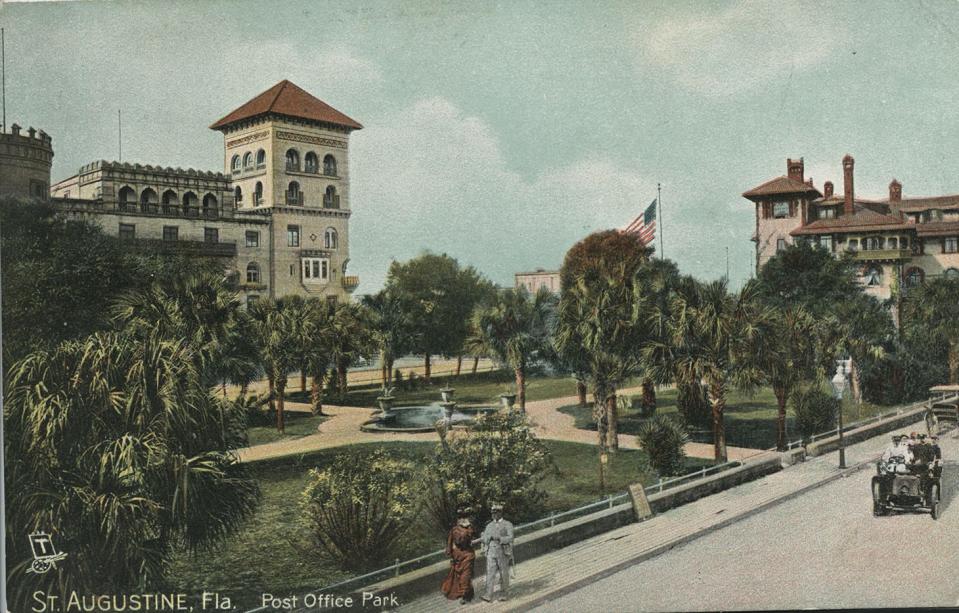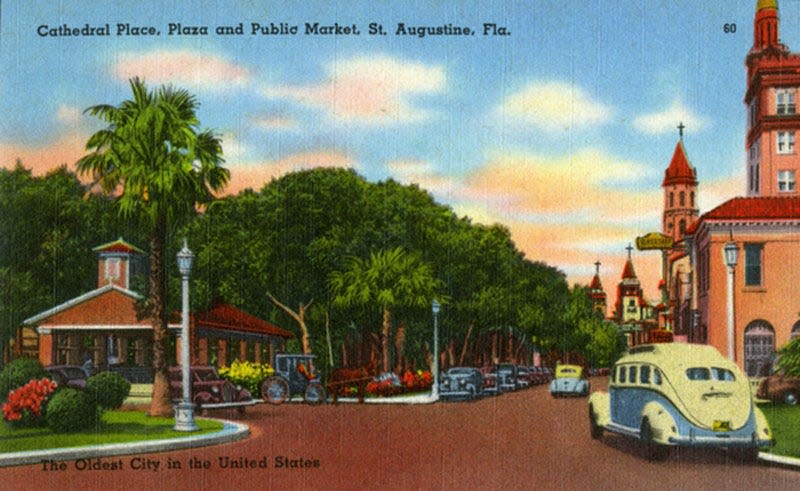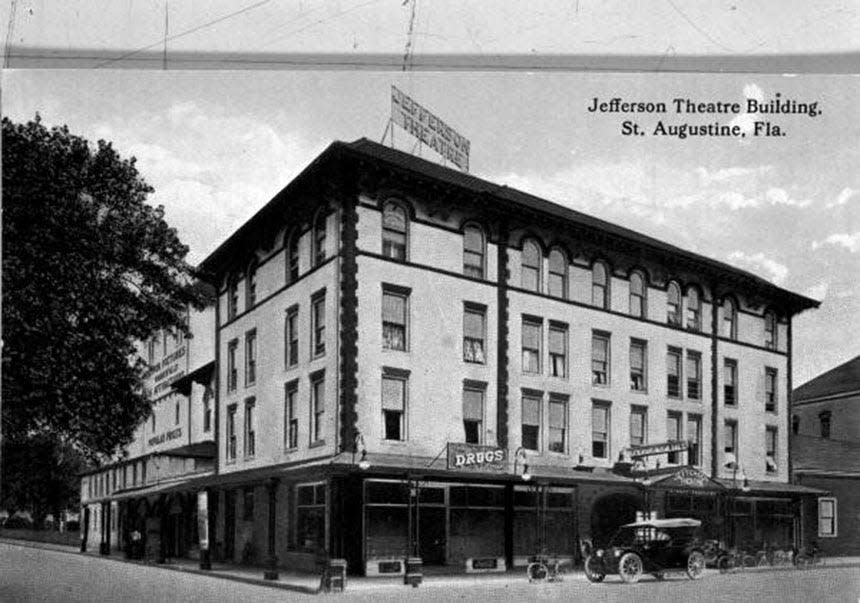Cathedral Place: A new street in the oldest part of St. Augustine | Susan Parker
Susan R. Parker holds a doctorate in colonial history.
St. Augustine has the oldest city streets in the United States. The streets south of the Plaza were laid out in the 1570s. The streets north of the Plaza began to be laid out in the 1670s-1680s, not long after the construction project of Castillo de San Marcos was begun.
The street layouts of the oldest part of the city is grid layout. This pattern was required by Spanish laws. Spain's King Philip II signed the "Royal Ordinances for the Laying Out of New Cities, Towns or Villages" in July 1573. Copies of the ordinances were sent to St. Augustine as well as the rest of the Spanish Americas.
Our old streets did not develop organically. Our oldest streets do not twist and turn even though romantic travel descriptions refer to them as "winding cobblestone streets" or something similar. And they are not paved with cobblestones.

Susan Parker: Short Cathedral Place has been key to St. Augustine for years
One new section of street in the colonial city is the portion of Cathedral Place that runs between St. George and Cordova streets. That new roadway was opened in 1890. Yes, in St. Augustine we consider a street section that was created 135 years ago to be "new."
For almost three centuries the new portion of Cathedral Place had been part of the backyard of the Governor's House. A circa 1765 map of St. Augustine attributed to Thomas Jeffreys depicts trees occupying the future roadbed of Cathedral Place.
As the Spanish were preparing to turn over Florida and its capital city of St. Augustine to Great Britain in 1763, Spanish engineer Pablo Castelló inventoried and appraised the Governor's House, including his backyard orchard. Castelló counted 19 sweet orange trees and 95 sour orange trees. The other trees were lemons, peaches, pomegranates, figs, grapefruit, quince, cherry and a grapevine.

Can you imagine the fragrances from the fruit trees? The incoming British governor would enjoy the garden left by his Spanish predecessors.
The United States received the Governor's House in 1821 when the the Floridas became a U.S. territory. The United States continued to use it as a governmental building. Was the orchard occupying today's Cathedral Place still there in 1821 or had it suffered from hurricanes in the early 1800s?
By 1873 the Governor's House was used primarily as the St. Augustine Post Office and U.S. Customs House. In the late 1880s the southwest corner (intersection of King and Cordova streets) of the old Governor's House site faced the new luxury hotels, the Ponce de Leon and the Alcazar, built by Henry Flagler.
Flagler pushed for improvements in the city to meet the expectations of the wealthy clientele of his hotels. Extending Cathedral Place to the west offered an additional approach to Flagler's Ponce de Leon Hotel. In 1890, the U.S. Government transferred the approximately north 55 feet of the Governor's House lot to the City for street purposes.

Now Cathedral Street extended from St. George to Cordova Street. The space behind (to the west) of the Governor's House/ Post Office became more accessible to the public and became known as Post Office Park. While some persons have referred to this area as the "West Plaza," the space was never part of the plaza nor a separate plaza although today's configuration might suggest that it was.
A fountain was built in Post Office Park. The fountain is still there. The other (north) side of the newly opened Cathedral Place offered locations for new buildings and businesses. The 1910 Sanborn Fire Insurance Map depicted several cigar factories in buildings along the new section of Cathedral Place.
St. Augustine was typical with its cigar factories. Cigar Aficionado magazine (Jan. 31, 2019) claimed that at the beginning of the 20th century there were 42,000 cigar factories in the United States.
The Jefferson Theatre Building occupied the corner of Cathedral and Cordova, where the now-vacant Bank of America branch stands. The old cigar factories and small business spaces have given way to a parking lot.

Susan R. Parker holds a doctorate in colonial history.
This article originally appeared on St. Augustine Record: Created in 1890, part of Cathedral Place is one of city's new streets

